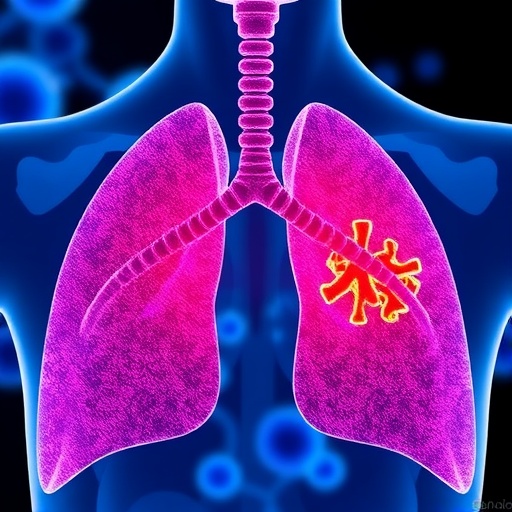Washing your hands and cleaning your house frequently may help to lower your contact with common flame-retardant chemicals, according to a new study by researchers at the Columbia Center for Children's Environmental Health (CCCEH) at Columbia University's Mailman School of Public Health. The study is the first to assess whether house cleaning and handwashing can effectively lower exposure to flame retardants. Results appear in the Journal of Exposure Science and Environmental Epidemiology.
Flame retardant chemicals have been added to furniture and electronics since the 1970s to comply with fire safety standards. Manufacturers use of new organophosphate flame retardants (OPFRS) to consumer products has increased since 2005. OPFRs have been linked to endocrine disruption, decreased fertility, and thyroid dysfunction in humans. In this study, researchers examined exposure to a commonly used OPFR, Tris (1,3-dichlorisopropyl) phosphate, known as Tris, and six other flame retardants.
The Environmental Protection Agency (EPA) recommends practical steps like handwashing and housecleaning–dusting with a moist cloth, wet mopping, and vacuuming–to lower exposure to flame retardants. To assess whether handwashing and house cleaning effectively reduced exposure, senior investigator Julie Herbstman, PhD, associate professor of Environmental Health Sciences, designed a twofold behavioral intervention and enrolled 32 women from CCCEH's Sibling-Hermanos birth cohort. Participants were randomly assigned to one of two interventions, house cleaning or handwashing, for the first week of the study. The house cleaning intervention group was given microfiber mops, vacuums, and microfiber cloths and asked to increase the amount they cleaned their home that week. The handwashing group was given hand soaps and asked to focus on washing their hands more than they typically do, especially before meals. During the second week of the study, all participants were asked to do both extra handwashing and housecleaning. Urine samples were collected from participants before the study began and following the first and second weeks of the intervention.
Tris was detected in 97 percent of urine samples. Following the first week of the intervention, the housecleaning group and handwashing group experienced a 47 percent decrease and 31 percent decrease in Tris levels measured in urine, respectively. Women with higher than average exposure to Tris before the intervention began, experienced a 74 percent decrease in their levels following a week of housecleaning. After the second week of the study, when participants were asked to do both housecleaning and handwashing, levels of Tris measured in urine fell 43 percent compared to baseline levels. Women with higher than average levels of exposure at baseline experienced the greatest decrease, with their levels of Tris falling 62 percent. Similar trends in exposure levels were seen for other OPFRs measured in this study.
"The results imply that both handwashing and house cleaning can be effective ways to reduce exposure to flame retardants and this evidence supports the EPA's recommendations," says Elizabeth A. Gibson, the study's first author and a PhD student in the Department of Environmental Health Sciences at Columbia's Mailman School. "However, none of the reported flame retardants were reduced below the limit of detection, indicating that individual behavior cannot entirely reduce exposure."
"As people replace their old furniture, we've seen a reduction in exposures to the earlier generation of flame retardants, polybrominated diphenyl ethers, or PBDEs," says Herbstman. "Going forward, it's important that we continue to study new organophosphate flame retardants to understand what they do to our health and how to protect ourselves, both on an individual and population level."
###
Additional co-authors include Heather Stapleton of the Nicholas School of the Environment at Duke University; Lehyla Calero, Darrell Holmes, Kimberly Burke, Rodney Martinez, Boris Cortes, Amy Nematollahi of the Columbia Center for Children's Environmental Health; and David Evans of the Department of Pediatrics at Columbia University's College of Physicians and Surgeons. The research was supported by the John Merck Fund and the National Institutes of Health (grants ES021806, ES009089, and ES023772).
Media Contact
Tim Paul
[email protected]
212-305-2676
@ColumbiaMSPH
https://www.mailman.columbia.edu/




